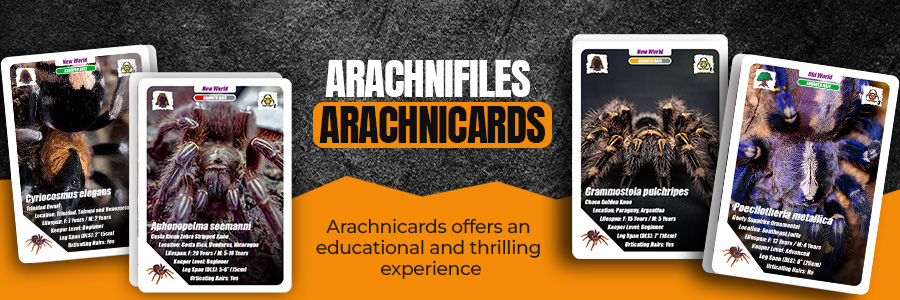Cyriopagopus lividus also known as Cobalt Blue Tarantula
If you’re looking for an exotic and stunning pet, you may have come across the Cyriopagopus lividus also known as the Cobalt Blue Tarantula. With its deep blue hue, it’s easy to see why it’s a favorite among hobbyists. However, this tarantula is not for the faint of heart. It’s essential to understand how to care for and handle this arachnid before deciding to bring one into your home.
Info Overview
Genus: Cyriopagopus
Species: lividus
Common Name: Cobalt Blue Tarantula
Living Height: Terrestrial / Fossorial
Urticating Hairs: No
World Type: Old World
World Location: Myanmar, Thailand, Laos, Cambodia, and Vietnam
Leg Span (DLS): 5” (13cm)
Life Span: F: up to 18 years M: up to 6 years
Growth Rate: Medium
Keeper Level: Advanced
About
Cyriopagopus lividus, which was previously called Haploplema lividium, is an Old World fossorial tarantula that originates from Myanmar. This species can be very defensive, although it’s not aggressive. The tarantula only reacts to perceived threats to its safety, making it a defensive animal.
When disturbed, Cyriopagopus lividus will give an impressive threat pose and slap the ground, indicating its readiness to protect itself. If it feels in danger, it may bite, and this can quickly escalate from a threat pose to an attempt to bite. For this reason, it’s crucial to give them space and respect their boundaries.
Cyriopagopus lividus can grow up to 5 inches in leg span and can live up to 15-18 years, with males living for only 5 or 6 years. Males are light tan or bronze in color and have mating hooks on their pedipalps and tibial apophyses. Females eventually become larger than males.
Enclosure
To care for this species, you’ll need to provide an appropriate enclosure. Start with a basic fossorial spiderling enclosure that has more depth than width, filling it up to about 2.3 with substrate. Keep the substrate damp and provide a water dish or drip water on the webbing if there’s not enough room for a dish. When the spiderling outgrows the enclosure, rehouse it into an acrylic fossorial juvie enclosure that has more depth than width, filled up to ⅔ with damp substrate. Provide a water dish, make a starter burrow, and add cork bark or fake plants for anchor points for webs. Once it outgrows the juvenile enclosure, move it into an adult enclosure of at least 5 gallons in size. Give the tarantula plenty of substrate, pouring water down the corners of the enclosure to saturate the bottom layers without making it swampy.
Feeding
When it comes to feeding, start spiderlings with confused flour beetles or pre-killed small crickets or roaches, removing any uneaten prey within 24 hours. For juveniles, feed two small crickets every 7-10 days, waiting at least 7 days after a molt before feeding again. For adults, drop in a large adult dubia or 5 or 6 large crickets every 3-4 weeks, depending on the size of the tarantula’s abdomen.
Maintain the enclosure by removing any uneaten or dead prey as soon as possible to avoid mold and mites. Spot-clean the enclosure regularly to remove any organic matter that could become a food source for mites.
Conclusion
In conclusion, Cyriopagopus lividus is a beautiful and fascinating species, but it requires careful attention and care. If you’re willing to put in the effort, it can be a rewarding addition to your collection of exotic pets. Remember to handle it with care, give it the appropriate enclosure, and provide it with a suitable diet to ensure its longevity and happiness.
Other Helpful Info!
If you found this post helpful, please consider sharing it. It really helps the site in the search algorithm! Thanks!
Do you have inverts and arachnids? Want a fun way of tracking them? Then download Arachnifiles for Android or iOS today! It’s free!
Want to read more about invertebrate care? Click here to view other care guides!
If you’d like to watch The Tarantula Collective talk about this tarantula, you can watch it here!




